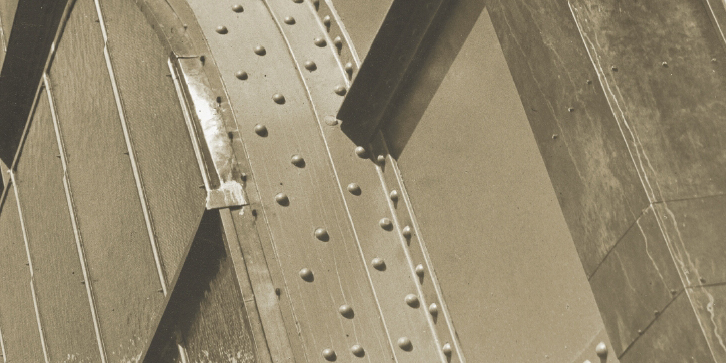Interwar Industrial Architecture in Czechoslovakia
The Book of Building 2005 presents the results to data of the research project on Interwar Industrial Architecture in Czechoslovakia, which has been carried out at the Research Centre for Industrial Heritage at the Czech Technical University in Prague (VCPD) since 2003.
From the perspective of the study of industrial heritage the research focused on a very well-known but as yet seriously neglected period – from the time of the emergence of the independent Czechoslovak state up until the Second World War. In a European context, however, the national heritage of this period is of exceptional cultural, technological, and economic quality.
The research concentrated first on gathering documentation and building a database (register) recording the individual industrial and technological works dating fromthe interwar period. At the present time the database contains approximately one thousand such buildings and sites. For selected sites and buildings separate building passports have also been drawn up.
The results of the research were summarised at a professional conference that took place in October 2004 and was held at the Stable in the Nostitz Palace in Prague. The Research Centre for Industrial Heritage (VCPD) organised the conference in cooperation with the Faculty of Architecture and the Czech National Committee of ICOMOS. Prominent professionals in the field, historians, and practising architects were invited to present papers. The aim of the conference was not only to present the results of the research but also to formulate more general criteria for facilitating the evaluation of the historical, artistic, and technological significance of such sites, which to date have been assessed using varied criteria. The event was accompanied by an exhibition of several dozen posters of interwar industrial buildins.
The Book of Building 2005 consists of two parts, the first of which offers a summary of the papers presented at the conference, which have been partly elaborated and up-dated. The texts address the general definition of the subject, the political and economic standing of interwar Czechoslovakia (Benjamin Fragner, Oldřich Ševčík, Marcela Efmertová), the relationship to developments outside the country, and the influence of industrial buildings on functionalist architecture (Petr Urlich, Rostislav Švácha, Lenka Popelová), and they also examine new structures and typologies (Václav Jandáček, Petr Vorlík) and current examples of conversions of sites (Ladislav Lábus), and finally they also document significant and less well-known industrial sites and buildings (Zdeněk Lukeš, Ladislava Horňáková, Martin Strakoš, Pavel Domanický, Katarína Fajglová).
The second part of the book is comprised of a unique, to date unpublicised overview of sites of industrial architecture dating from the interwar period in Czechoslovakia, which contains approximately 150 entries classified according to particular sectors. This overview is accompanied by a more detailed, two-page entry – with printed replica of the exhibition posters.
It is clear that the discussions surrounding the significance and values of industrial heritage are complicated and unclear and are so not only with regard to works from the twentieth century, and it is necessary to pursue them further. It is only possible to come across sporadic mention of industrial architecture at risk dating from the interwar period, although other works from the same period, especially residential and public buildings – whose authors drew directly on the inspiration offered by technology and industry – are attended by admiration and recognition. The evaluation criteria for these buildings also remain disparate, even though today such criteria are desperately needed for making decisions on the future and fate of sites, their conversion to new use, and new structural modifications. The published results of the research are only one part of the efforts of the VCPD to assist in the conservation and objective evaluation of industrial sites – a significant part of our cultural heritage.
The project coordinators are: Petr Urlich, Benjamin Fragner, Petr Vorlík, Lenka Popelová, Vladislava Valchářová, specialists and professionals from the National Technical Museum and the regional heritage institutes, and teachers and students of ČVUT.
Vladislava Valchářová (ed.), Interwar Industrial Architecture in Czechoslovakia, Brno 2005.
223 pages; Czech; ISBN 80-7293-137-7 / authors Lukáš Beran, Pavel Domanický, Marcela Efmertová, Katarína Fajglová, Benjamin Fragner, Ladislava Horňáková, Václav Jandáček, Ladislav Lábus, Zdeněk Lukeš, Lenka Popelová, Martin Strakoš, Oldřich Ševčík, Rostislav Švácha, Petr Urlich, Petr Vorlík / published by the Expo Data spol. s r. o.

